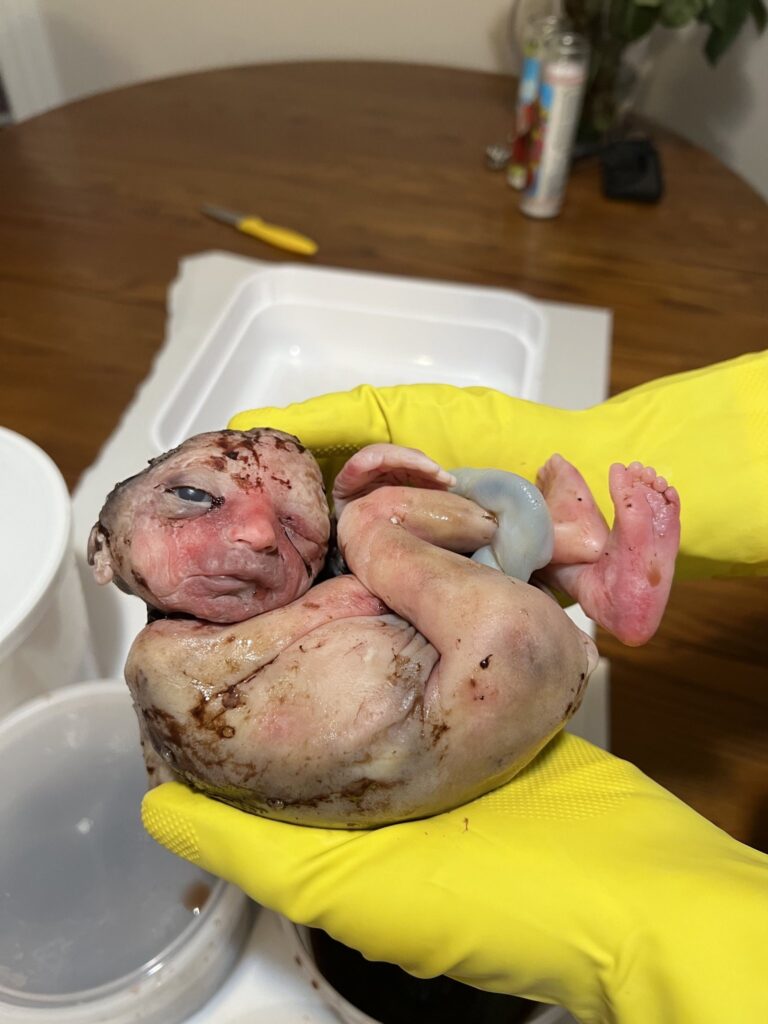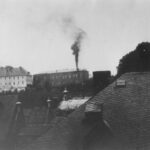Blog Post
Honoring Cesare Santangelo’s Victims
By Jonathon Van Maren
In his 1944 essay “We the Screamers,” anti-Communist writer Arthur Koestler described a recurring dream. In it, he was being murdered in a thicket right next to a busy road filled with people laughing and talking; he screamed for help, but nobody could hear him. That nightmare, he wrote, was real; people were being murdered across Europe, and few seemed to care:
For, after all, you are the crowd who walk past laughing on the road; and there are a few of us, escaped victims or eyewitnesses of the things which happen in the thicket and who, haunted by our memories, go on screaming on the wireless, yelling at you in newspapers and in public meetings, theatres and cinemas. Now and then we succeed in reaching your ear for a minute. I know it each time it happens by a certain…wonder on your faces, a faint glassy stare entering your eye; and I tell myself: Now you have got them, now hold them, bold them, so that they will remain awake; but it only lasts a minute. You shake yourself like puppies who have got their fur wet; then the transparent screen descends again and you walk on, protected by the dream-barrier which stifles all sound.
Koestler’s words perfectly encapsulate what it often feels like to be a pro-life activist. From time to time, the vast, subterranean horror of the American abortion industry penetrates public consciousness: Kermit Gosnell’s Philadelphia “House of Horrors” with jars of chopped limbs and bags of corpses; the Center for Medical Progress revelations that baby bodies were being pillaged for parts and sold to Frankenstein researchers. And then, the outrage subsides, the story fades, and most folks carry on, including the abortionists. Mothers arrive at clinics each day to be emptied, and their children are taken out with the trash.
We are in the midst of another such moment.
On March 25, a truck driver who works for the bio-medical waste company hired to dispose of children aborted at the Washington Surgi-Clinic looked the other way to give pro-life sidewalk counselor Lauren Handy the opportunity to take two boxes. Stuffed inside the medical-waste containers within were the remains of 115 children. A.J. Hurley, a Californian pro-life activist, drove down to help her and her companions and to photograph the bodies. It was a surreal experience, Hurley said. The women “were beside themselves.” As they photographed the babies, the activists frequently broke down, but to photograph the children was to validate their existence.
“You look at these bodies—it felt cold, it felt sterile, it felt dark, there was a sense of abandonment,” Hurley told me. “My mind couldn’t separate the depravity of what I was witnessing from the image-bearers of God it happened to. It was pure evil. Something so pure being treated in such a wicked way—I remember leaving the room, just beside myself, thinking: I will never be the same. Everything inside of me is energized to fight this evil. I hope these pictures will break the spell our country is under.”
Of the 115 children, 110 were buried in an undisclosed cemetery; the five late-term children were reported to the D.C. Metropolitan Police Department’s Homicide Unit, which came to Handy’s house and picked up the bodies. Despite physician testimony indicating that the children were likely killed beyond the legal limit (what a phrase), the Metropolitan Police Department declared that they wouldn’t be commissioning autopsies: “Those fetuses were aborted in accordance with D.C. law, so we are not investigating this incident along those lines. There doesn’t seem to be anything criminal in nature about that now except for how they got into this house.”
The dead children are once again shielded from public view—the 110 blessedly buried, the five bigger babies probably incinerated or tossed out. But photos of their bodies remain. Dr. Monica Miller once noted that for abortion victims, photographs are their only way of taking their place in the human family and of having their existence affirmed. They have, she noted, a right to be seen.
The photos are impossibly hard to look at. The child dubbed “Baby Girl #1” stares at the viewer with a single opened eye; her head is partially caved in. Her feet are still pink, but her head collapsed when the abortionist suctioned her brains out. This happened when she was alive. The only touch this little girl ever felt in her short life was the cold, metal tools of a killer.
Baby Boy #1, who is around 20 weeks and was likely killed via the “labor and induction” method, is intact, although his head is horribly shriveled and his puffy eyes are squeezed shut. He has a full head of hair and is perfectly formed. His mouth is fixed open. It is difficult to imagine what his final moments would have been like.
READ THE REST OF THIS COLUMN AT THE AMERICAN CONSERVATIVE









I recall reading (several years ago) about complaints of a stench in a Washington, D.C. neighbourhood. Neighbours complained. Investigators found the source. It was a dumpster at an abortion clinic. Because of a holiday, it hadn’t been emptied one week. Many of the remains of the babies had been in the dumpster for nearly two weeks.